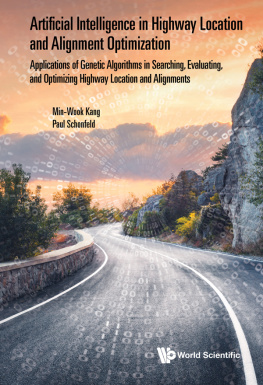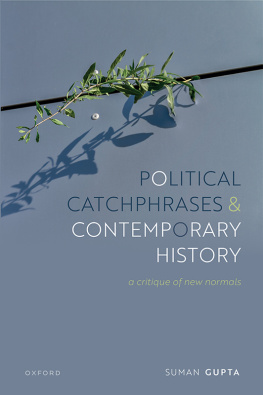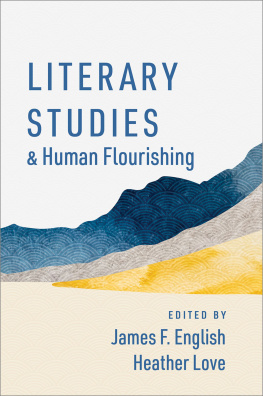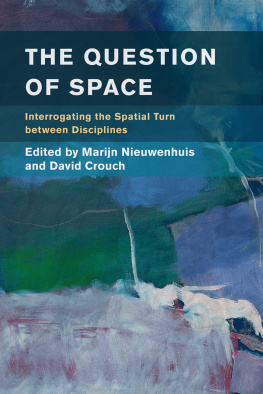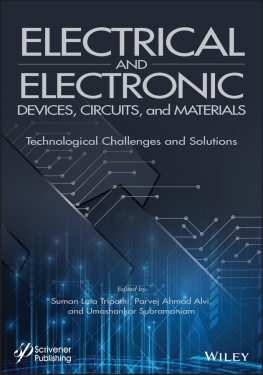Contents
Pagebreaks of the print version

Artificial Intelligence in Highway Location and Alignment Optimization
Applications of Genetic Algorithms in Searching, Evaluating, and Optimizing Highway Location and Alignments
Other Related Titles from World Scientific
What is Artificial Intelligence?
A Conversation between an AI Engineer and a Humanities Researcher
by Suman Gupta and Peter H. Tu
ISBN: 978-1-78634-863-0
Artificial Intelligence in Highway Location and Alignment Optimization
Applications of Genetic Algorithms in Searching, Evaluating, and Optimizing Highway Location and Alignments
Min-Wook Kang
University of South Alabama, USA
Paul Schonfeld
University of Maryland, College Park, USA

Published by
World Scientific Publishing Co. Pte. Ltd.
5 Toh Tuck Link, Singapore 596224
USA office: 27 Warren Street, Suite 401-402, Hackensack, NJ 07601
UK office: 57 Shelton Street, Covent Garden, London WC2H 9HE
Library of Congress Cataloging-in-Publication Data
Names: Kang, Min-Wook, author. | Schonfeld, Paul, author.
Title: Artificial intelligence in highway location and alignment optimization : applications of genetic algorithms in searching, evaluating, and optimizing highway location and alignments / Min-Wook Kang, University of South Alabama, USA, Paul Schonfeld, University of Maryland, College Park, USA.
Description: Hackensack, NJ : World Scientific, [2020] | Includes bibliographical references and index.
Identifiers: LCCN 2019057609 | ISBN 9789813272804 (hardcover) | ISBN 9789813272811 (ebook)
Subjects: LCSH: Roads--Design and construction--Mathematical models. | Highway planning--Mathematical models. | Genetic algorithms. | Artificial intelligence--Engineering applications. | Mathematical optimization.
Classification: LCC TE175 .K25 2020 | DDC 625.7/25028563--dc23
LC record available at https://lccn.loc.gov/2019057609
British Library Cataloguing-in-Publication Data
A catalogue record for this book is available from the British Library.
Copyright 2021 by World Scientific Publishing Co. Pte. Ltd.
All rights reserved. This book, or parts thereof, may not be reproduced in any form or by any means, electronic or mechanical, including photocopying, recording or any information storage and retrieval system now known or to be invented, without written permission from the publisher.
For photocopying of material in this volume, please pay a copying fee through the Copyright Clearance Center, Inc., 222 Rosewood Drive, Danvers, MA 01923, USA. In this case permission to photocopy is not required from the publisher.
For any available supplementary material, please visit
https://www.worldscientific.com/worldscibooks/10.1142/11059#t=suppl
Printed in Singapore
About the Authors

Min-Wook Kang is an Associate Professor at the University of South Alabama. Prior to joining it, he received professional preparation from transportation research centers, universities, and consulting companies as a research assistant and transportation engineer. He holds a Ph.D. in Civil and Environmental Engineering (Transportation Engineering focus) from the University of Maryland College Park, and is a registered professional engineer in the state of Maryland. His areas of interest include traffic operation, safety, and congestion management of highways and intersections, Artificial Intelligence (AI)-based optimization for transport system design and other safety-related research in transportation systems. He has over 60 publications, including 22 peer-reviewed journals. He is a member of ASCE Transportation and Development Institute and a recipient the ASCE ExCEEd Fellow Award. He established and is the founding director of Transportation Safety, Simulation, & Optimization (TSSO) Lab at the University of South Alabama.

Paul Schonfeld is a Professor of Civil Engineering at the University of Maryland, where he served for 19 years as Director of its Transportation Engineering Program. He has B.S. and M.S. degrees from the Massachusetts Institute of Technology and a Ph.D. from the University of California at Berkeley. He has experience in analyzing various transportation systems, including road networks and traffic management systems, public transportation systems, freight logistics, inland waterways, and airports. He has over 540 publications, including 167 accepted for peer-reviewed journals. He has served as Editor of the Journal of Advanced Transportation and of ASCEs Journal of Transportation Engineering. He is a Fellow of ASCE and Institute of Transportation Engineers (ITE). 26 of his Ph.D. students have accepted university faculty appointments. He is the recipient of ASCEs 2018 James Laurie Prize for career achievements in transportation engineering.
Contents
Part I
Overview of Highway Location and Alignment Optimization Problem
Chapter 1
Introduction
1.1 Background
Increasing highway traffic and safety concerns often justify the construction of new highways and bypass routes or the realignment and expansion of existing highways. Highway agencies are then challenged to locate and design the best possible alternatives. However, unlike the rapid developments in the automobile and construction industries, search and design processes for highway location are still carried out in a traditional process which is more than 50 years old. Finding preferred highway alternatives with existing methods requires considerable resources (e.g., manpower and time). Furthermore, the agencies often face complex decisions in aligning a road and estimating its cost and environmental impacts because the project should be based on comprehensive analyses of many relevant factors, such as land availability, earthwork, maintenance, life-cycle cost, demand, land-use, user travel time, environmentally sensitive areas, safety, effects on the performance of other transportation modes, and effects on regional development.
A survey of the procedures adopted by highway agencies [e.g., United States Department of Transportation (USDOT)] reveals that a combination of engineering judgment, an environmental impact analysis, and manual cost-benefit evaluation is generally followed for assessing various alternatives for new highway construction, realignment, or expansion. The alternatives are ranked through a weighed-criteria analysis in which a set of viable alternatives are manually identified and ranked based on a total score. This score consists of weights assigned for various criteria, such as economic and environmental impacts, cost, and safety. The alternatives are then presented to the stakeholders in town meetings, in which public support is sought. The alternative that wins the maximum support is usually chosen for the actual construction, and proceeds to the detailed design stage. A preliminary estimate of total cost for planning, design, right-of-way acquisition, environmental impact mitigation, and construction is then prepared using historical unit cost data, engineering judgment, and through trial and error.

